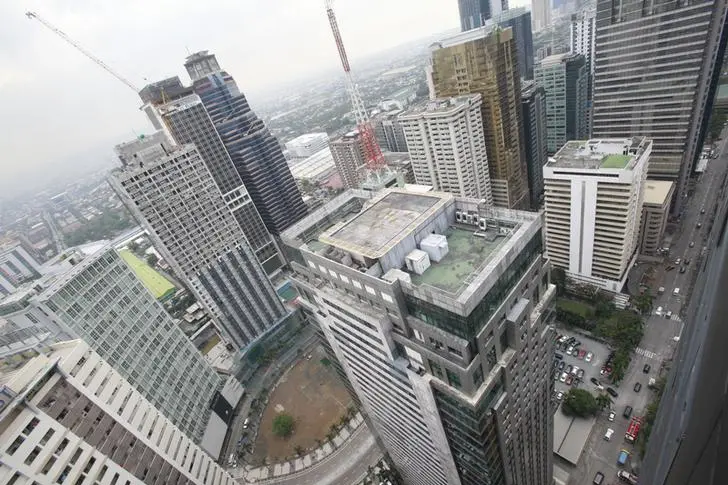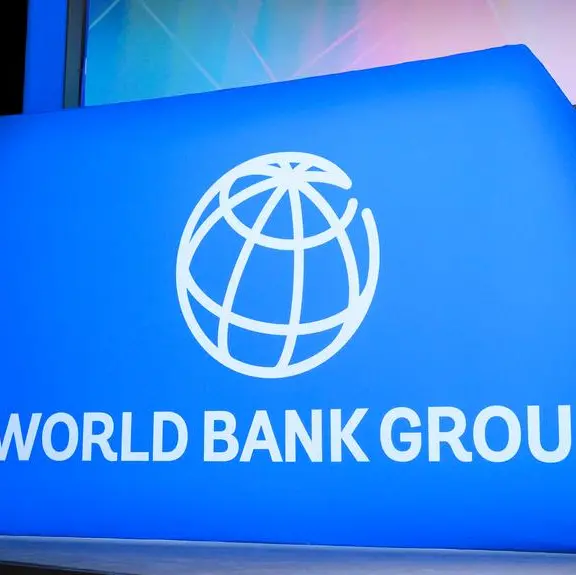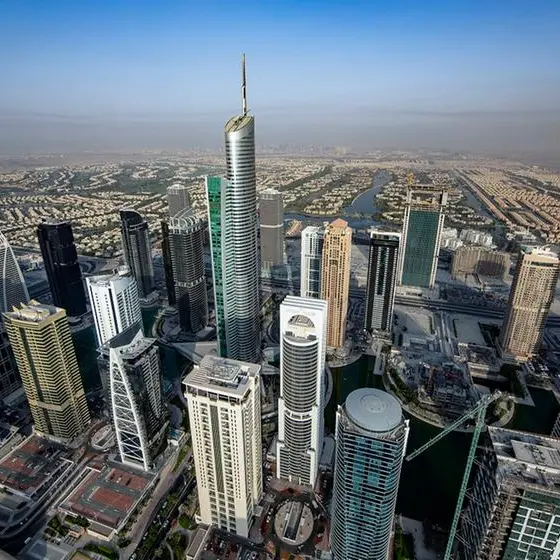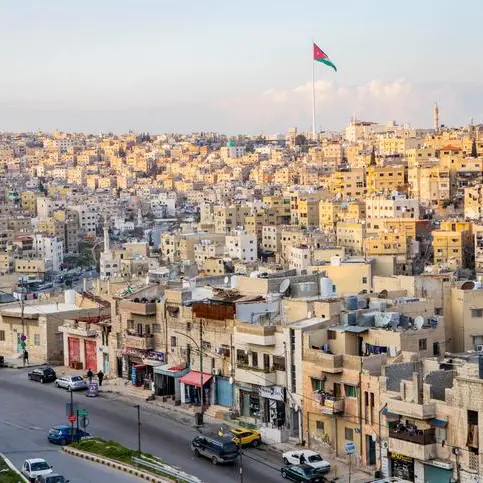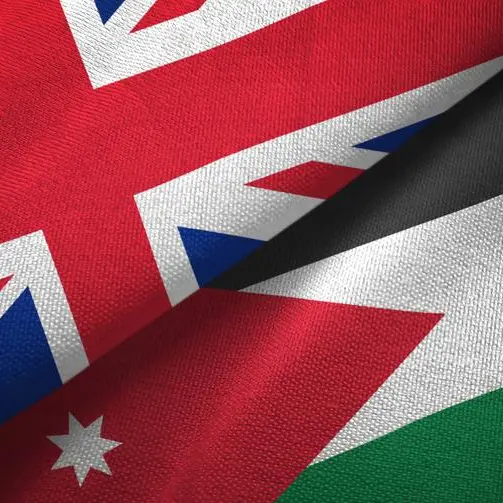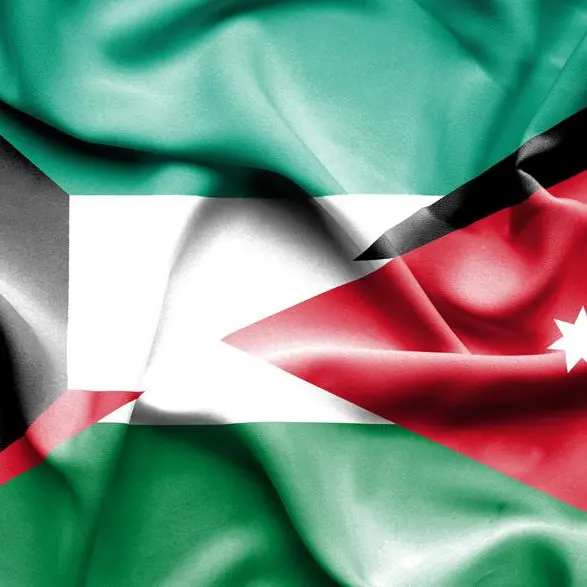PHOTO
MANILA - The Philippine economy shrank at a slower pace in the fourth quarter of last year, helped by higher government spending, but saw a record full-year contraction in 2020 as it grappled with the fallout of the COVID-19 pandemic.
Gross domestic product (GDP) shrank 8.3% in the December quarter from a year earlier, the statistics agency said. Economists in a Reuters poll had forecast a 8.5% contraction after a fall of 11.4% in the third quarter.
A 4.4% year-on-year increase in government spending helped limit the slump.
For the whole year, GDP shrank 9.5%, the biggest contraction on record and compared with a government forecast for a 8.5%-9.5% slump in 2020.
The Philippines, which has the highest number of coronavirus infections and COVID-19 deaths in Southeast Asia after Indonesia, suffered its first recession in nearly 30 years in the second quarter of 2020.
"Private consumption remained weak," said Economic Planning Secretary Karl Chua at a briefing. "Restrictions on the demand side notably the mobility of children and families prevented private consumption from making a stronger comeback."
President Rodrigo Duterte has eased quarantine curbs from the strictest level imposed in March last year, but partial restrictions remain in the capital region as local cases reached over half a million and fatalities exceeded 10,000.
The restrictions reduced household spending by 2.2 billion pesos ($45.72 million) a day, the government said.
The economy grew a seasonally adjusted 5.6% quarter-on-quarter, slowing from 8% growth in September quarter.
Chua said the prospects for 2021 were "encouraging", reiterating a government forecast for 6.5%-7.5% growth this year.
A recovery hinges on the government's plan to vaccinate as many as 70 million Filipinos, or two-thirds of the population, this year though supply could delay the timeline.
The Bangko Sentral ng Pilipinas (BSP), which delivered 200 basis points of interest rate cuts last year to try to soften the blow from the pandemic, believes the current accommodative monetary stance is sufficient to revive growth.
"(The BSP) is likely out of ammunition with the policy rate at 2.0% while inflation trends closer to the top-end of their 2-4% inflation target," said ING senior economist Nicholas Mapa.
The 2021 budget of 4.5 trillion pesos, though 10% higher than the 2020 budget, "will not likely be enough to move the needle", he added. ($1 = 48.1200 Philippine pesos)
(Reporting by Neil Jerome Morales, Enrico Dela Cruz and Karen Lema; Editing by Ana Nicolaci da Costa) ((enrico.delacruz@tr.com))
